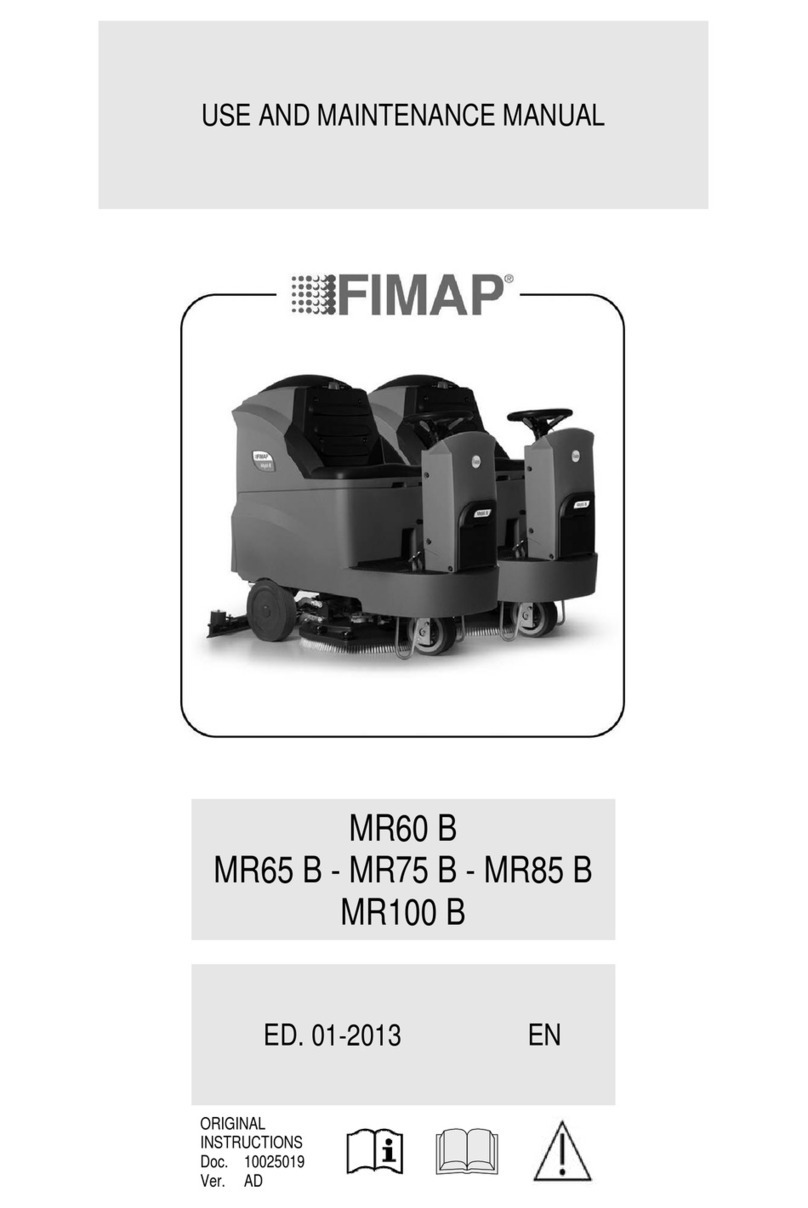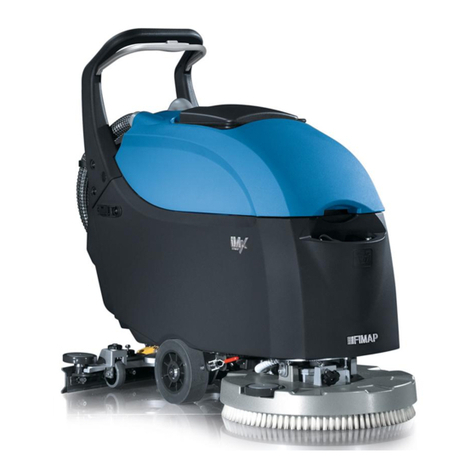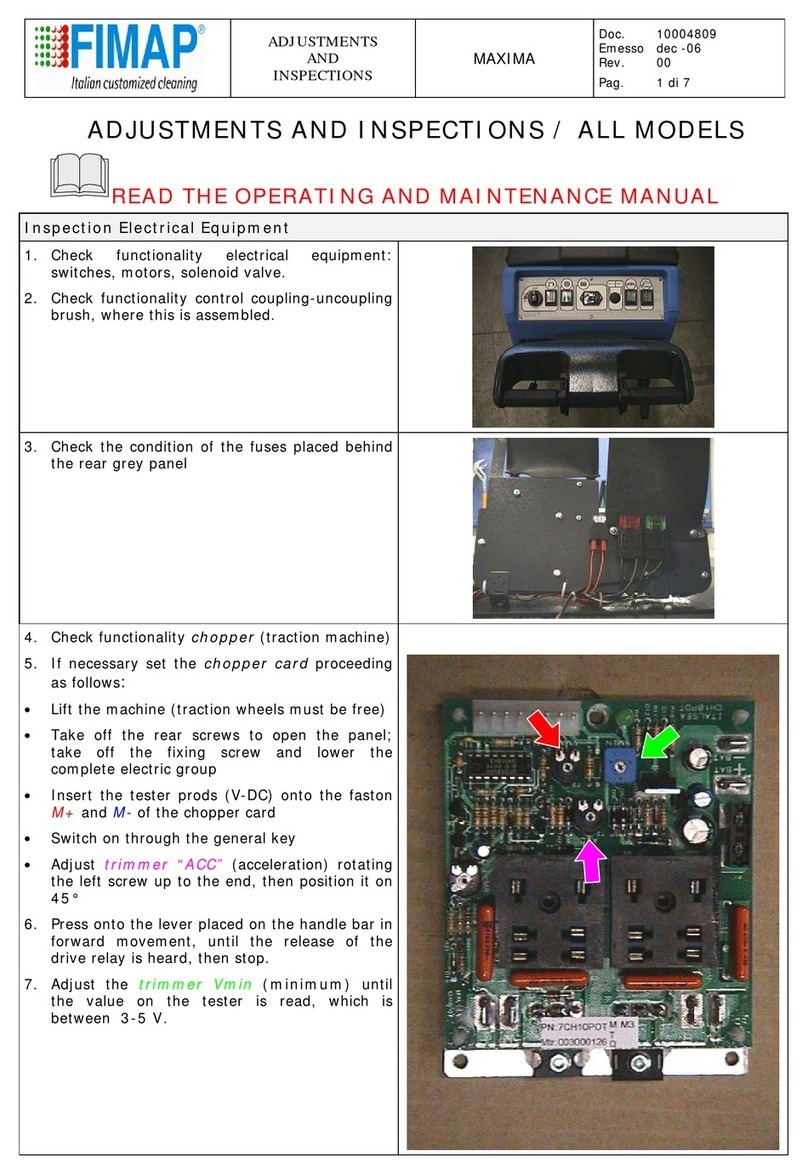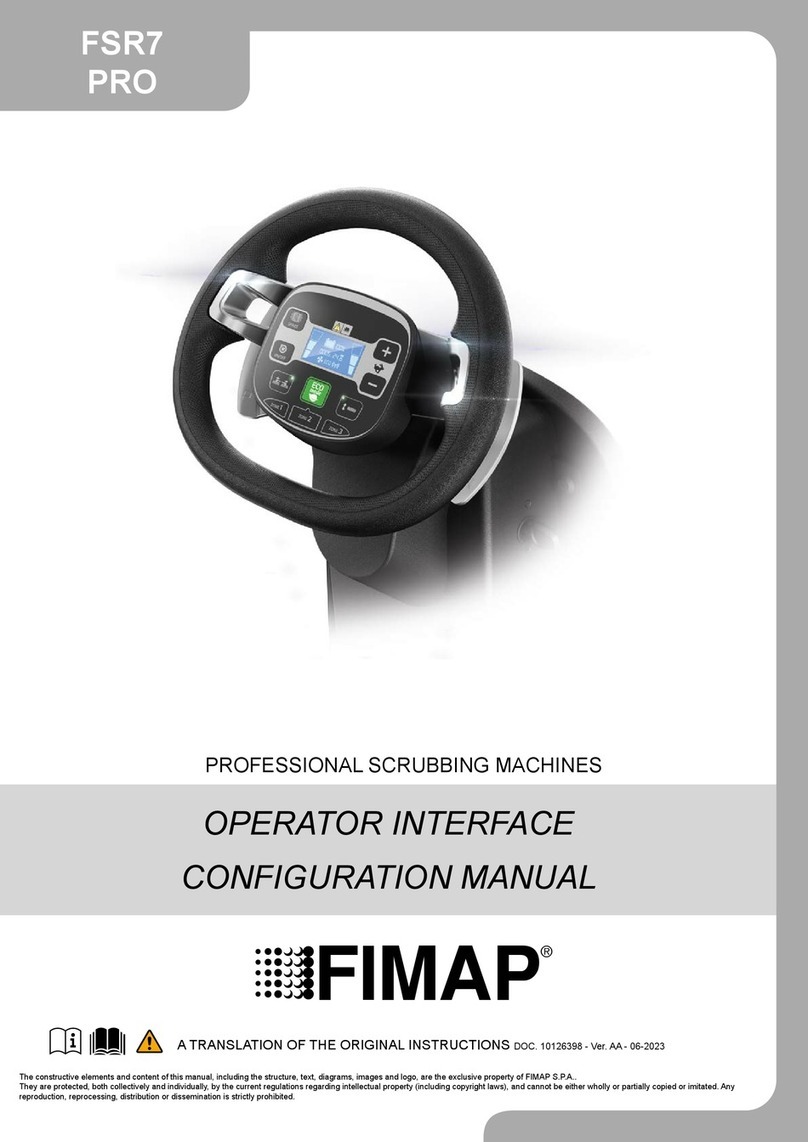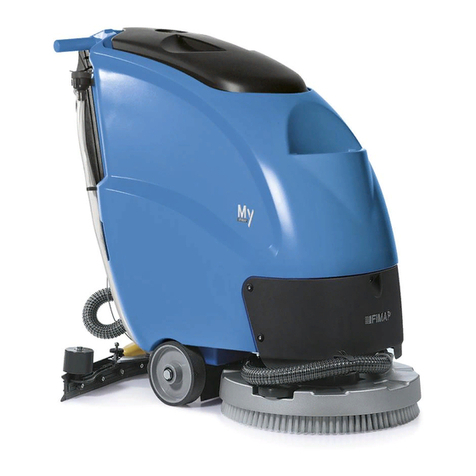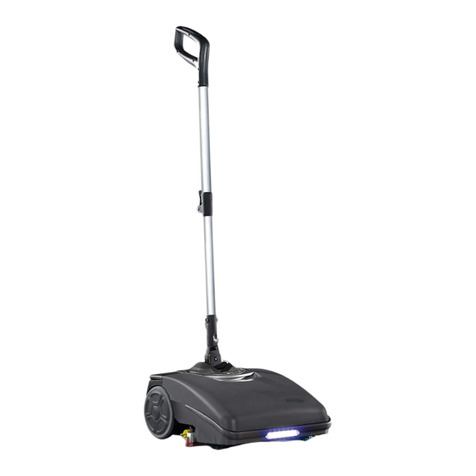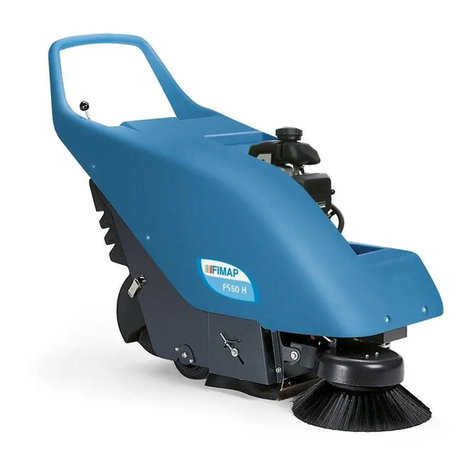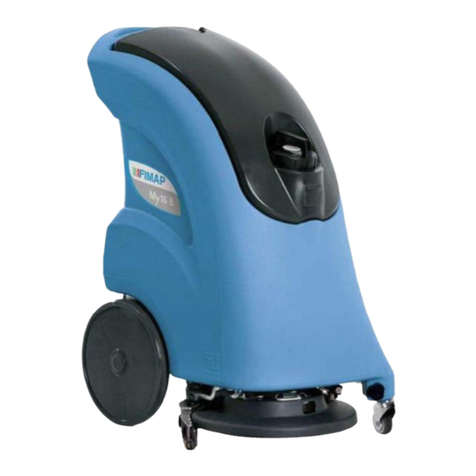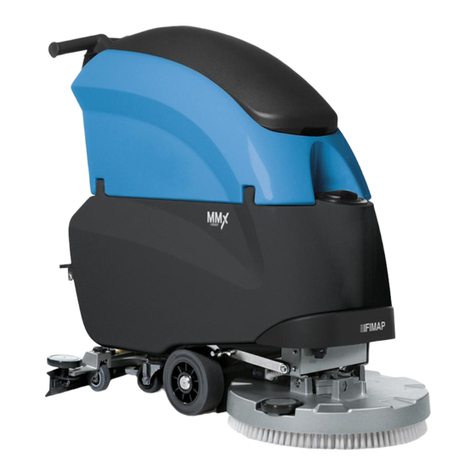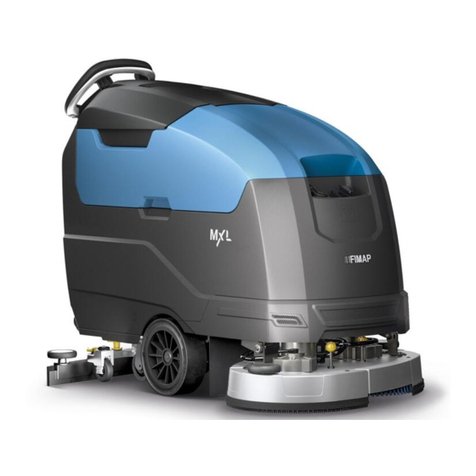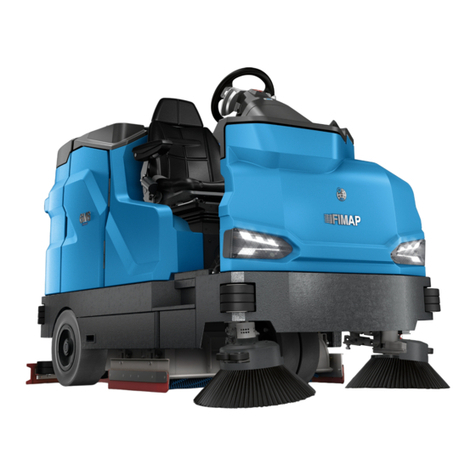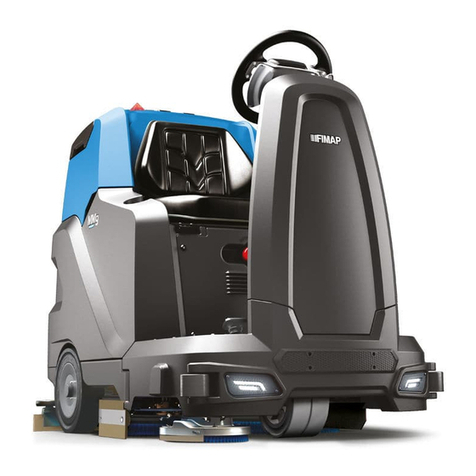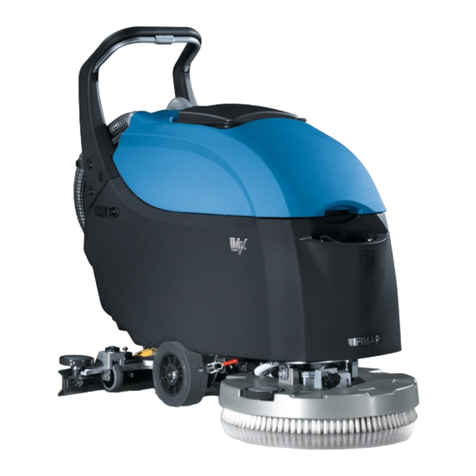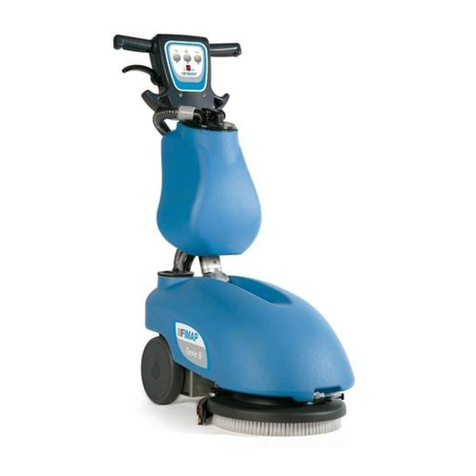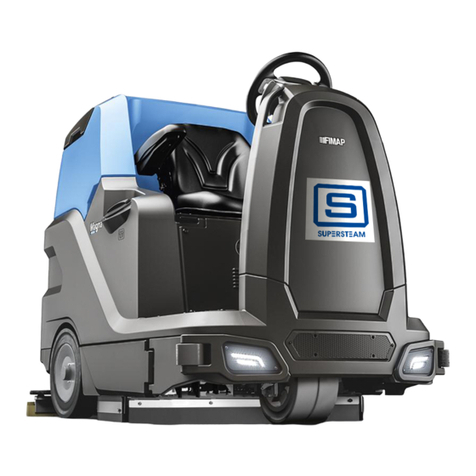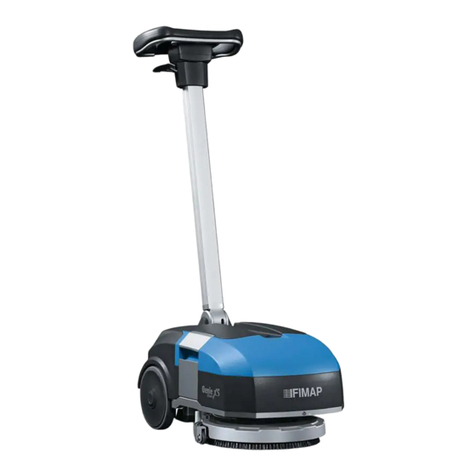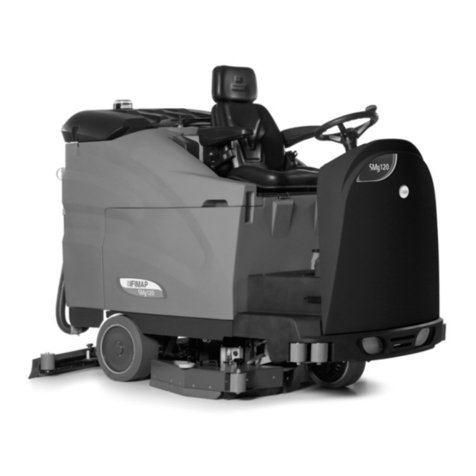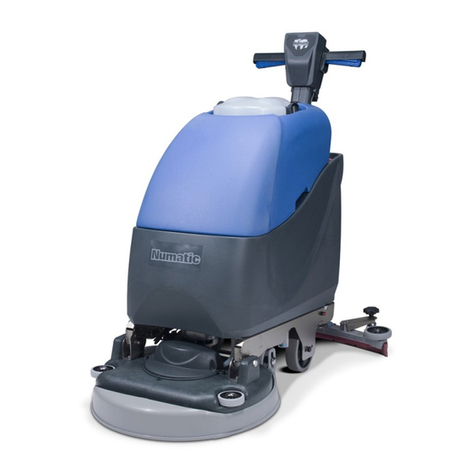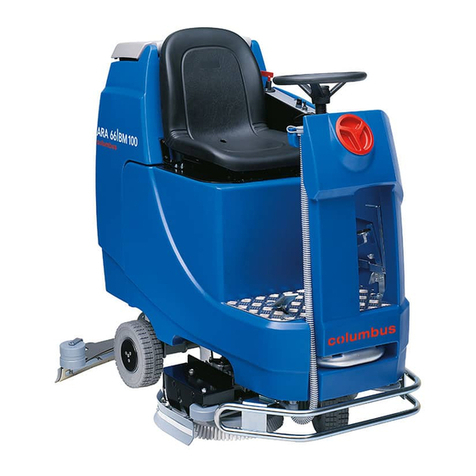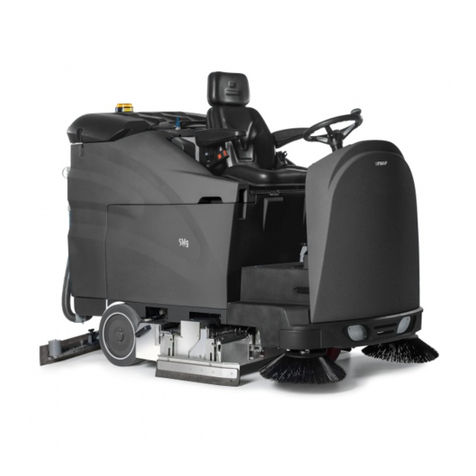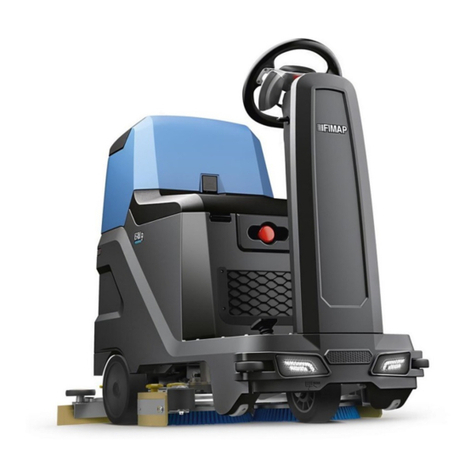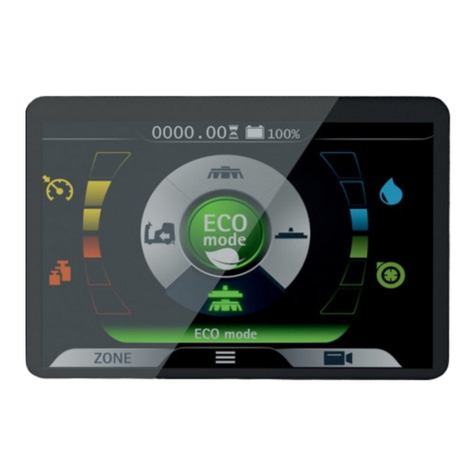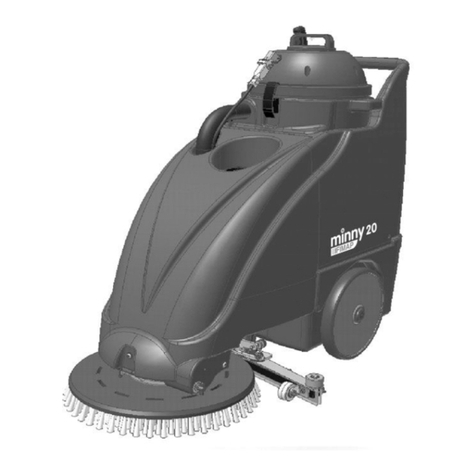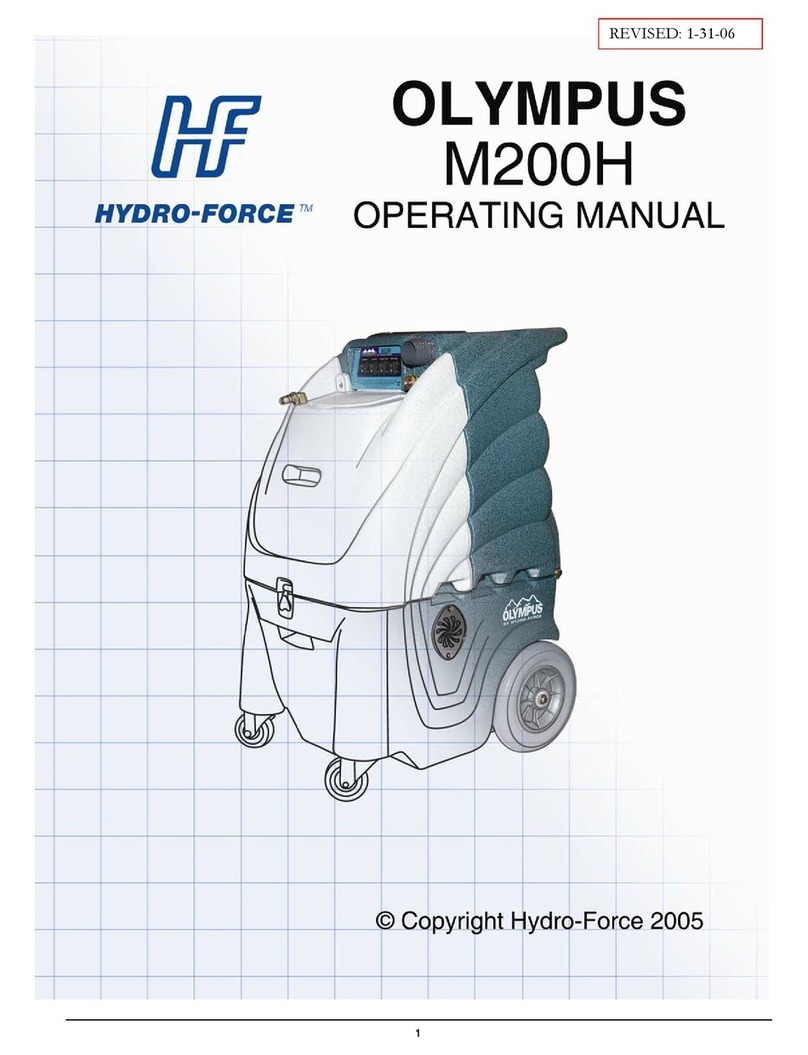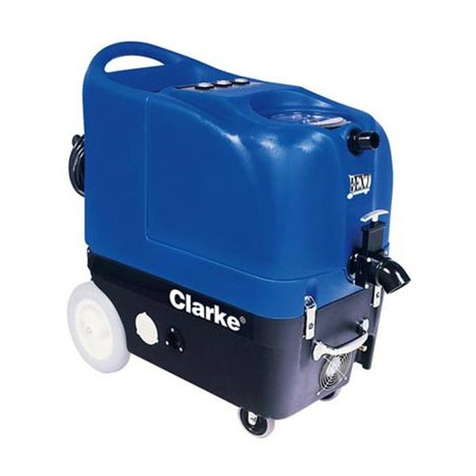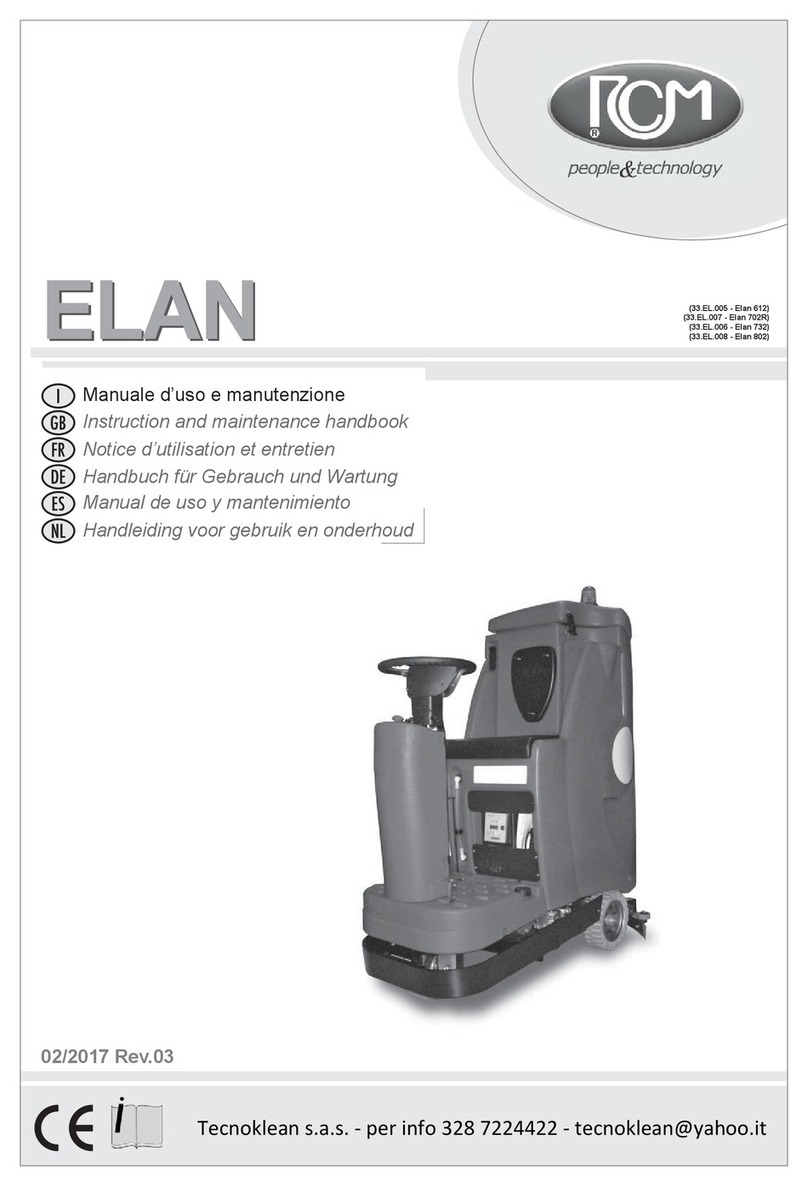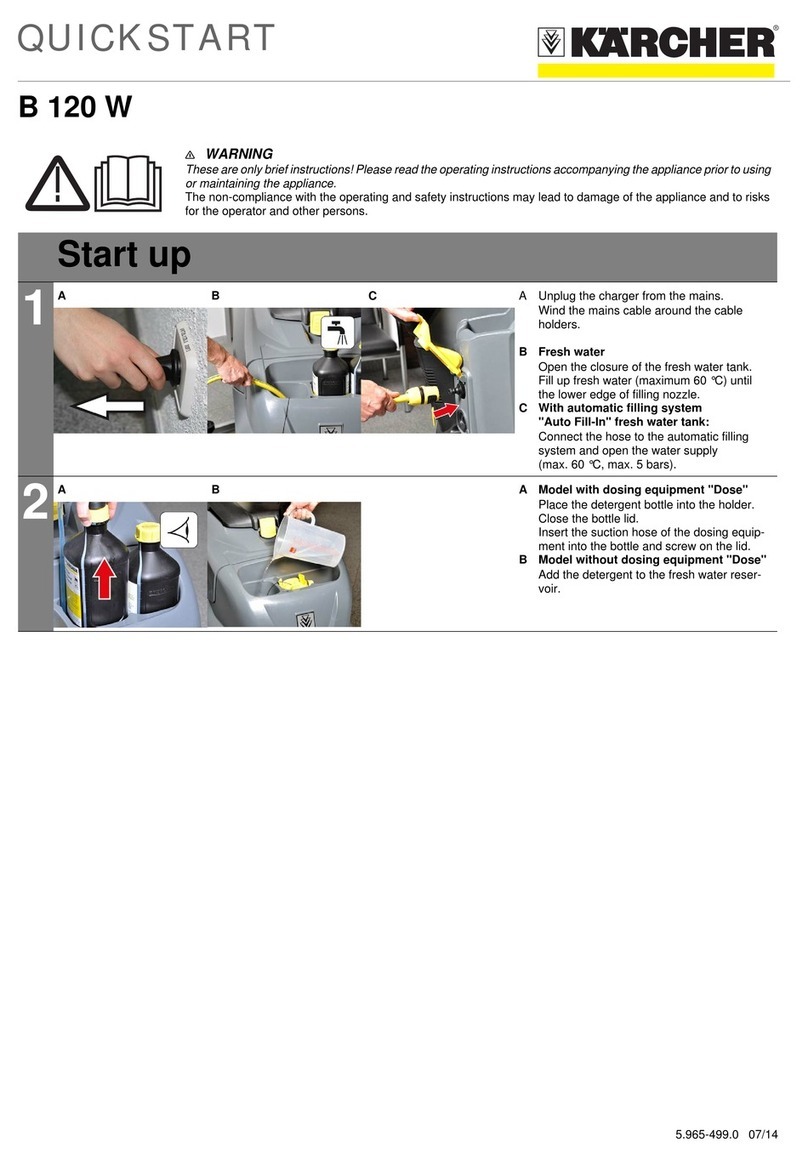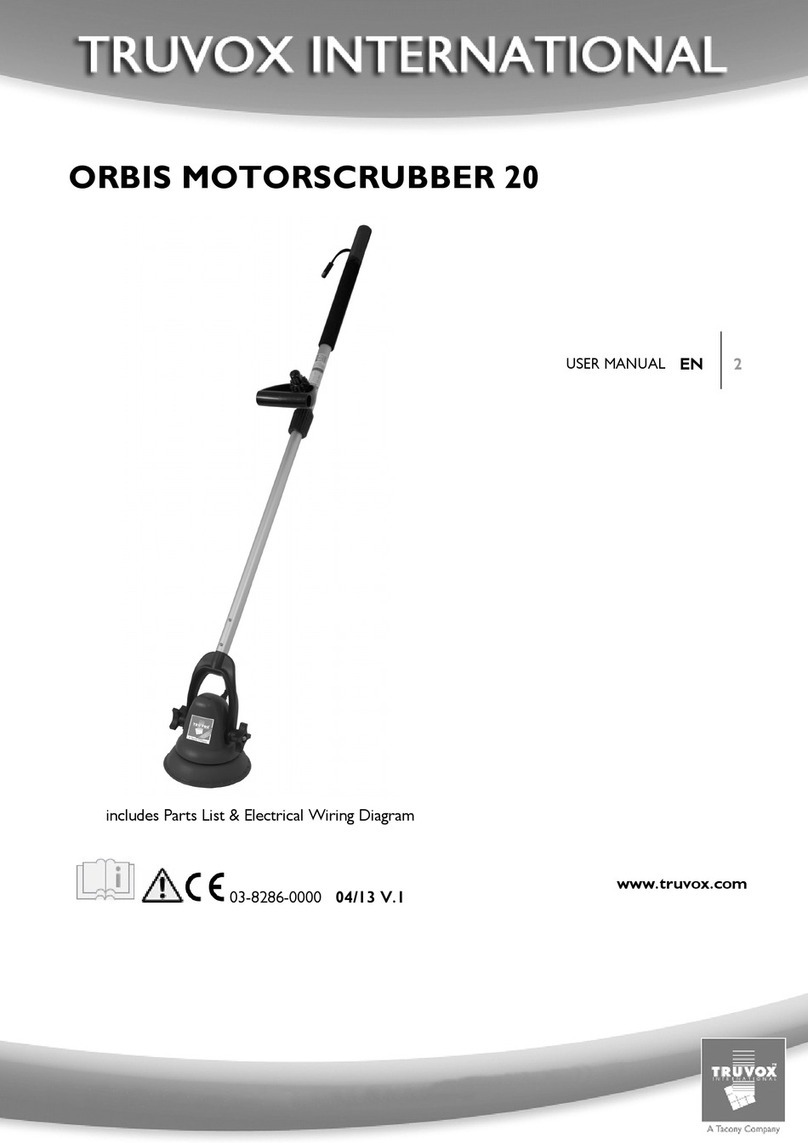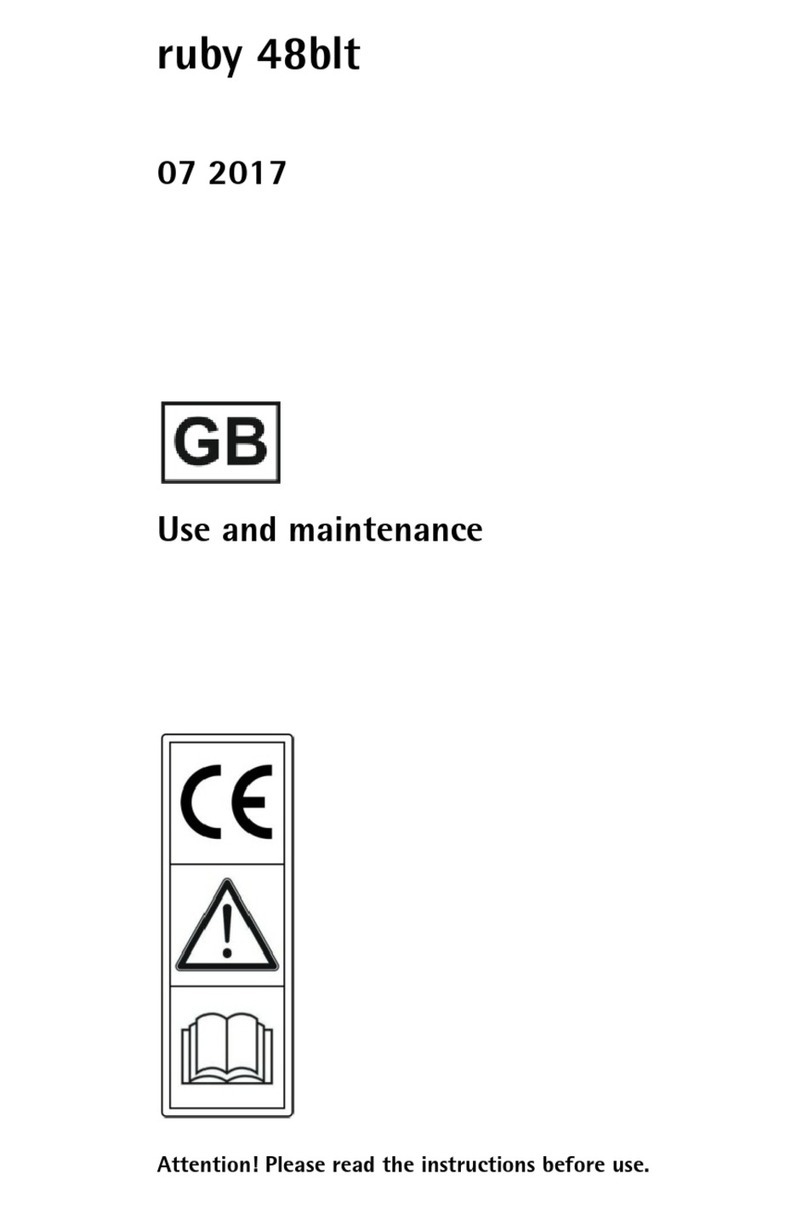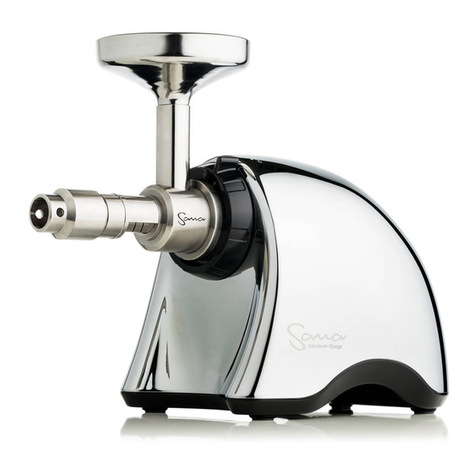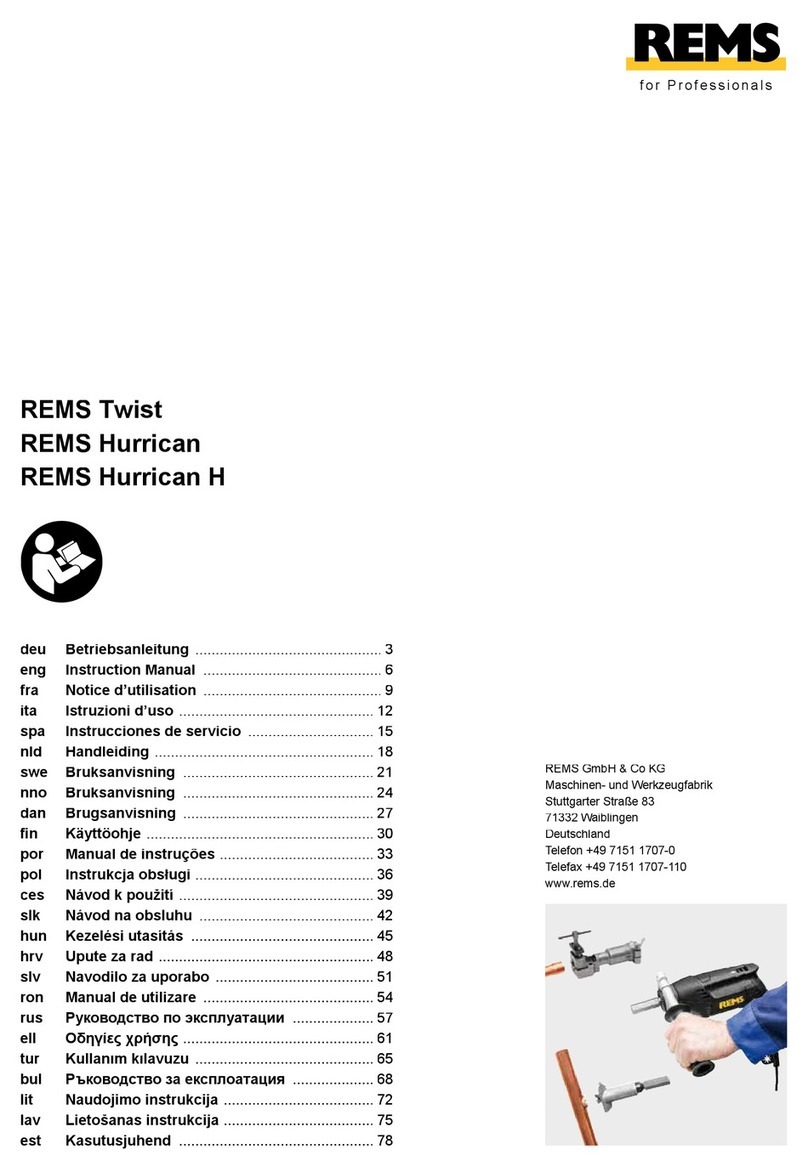
3
CONTENTS
ON CONSIGNMENT OF THE MACHINE ...................................................................................................................................... 5
INTRODUCTORY COMMENT .................................................................................................................................................... 5
INTENDED USE ....................................................................................................................................................................... 5
SERIAL NUMBER PLATE ......................................................................................................................................................... 5
SYMBOLS USED ON THE MACHINE .......................................................................................................................................... 7
GENERAL SAFETY REGULATIONS ........................................................................................................................................... 9
PREPARATION OF MACHINE ................................................................................................................................................. 10
1. HANDLING THE PACKED MACHINE ............................................................................................................................................................ 10
2. HOW TO UNPACK THE MACHINE ................................................................................................................................................................ 10
3. HOW TO MOVE THE MACHINE .................................................................................................................................................................... 10
4. REAR COMPONENTS OF THE MACHINE ..................................................................................................................................................... 11
5. FRONT MACHINE COMPONENTS................................................................................................................................................................ 11
6. BATTERY TYPE (VERSION B) ...................................................................................................................................................................... 11
7. MAINTENANCE AND DISPOSAL OF THE BATTERY (B VERSION) ................................................................................................................. 11
8. FITTING THE BATTERIES INTO THE MACHINE (B VERSION) ....................................................................................................................... 12
9. BATTERY CHARGER CONNECTION (B VERSION, WITHOUT BC) ................................................................................................................. 13
10. BATTERY CHARGER CONNECTION (B VERSION, WITH BC) ...................................................................................................................... 13
11. DIGITAL HOUR METER (B VERSIONS)....................................................................................................................................................... 15
12. DIGITAL HOUR METER (E VERSION) ......................................................................................................................................................... 15
13. BATTERY CHARGE LEVEL INDICATOR (B VERSION) ................................................................................................................................. 15
14. RECOVERY TANK ..................................................................................................................................................................................... 15
15. SOLUTION TANK....................................................................................................................................................................................... 15
16. FILLING THE SOLUTION TANK .................................................................................................................................................................. 16
17. DETERGENT SOLUTION ........................................................................................................................................................................... 16
18. REGULATING THE DETERGENT ............................................................................................................................................................... 17
19. ASSEMBLING THE SQUEEGEE ................................................................................................................................................................. 17
20. SQUEEGEE INCLINATION ......................................................................................................................................................................... 17
21. ADJUSTING THE SQUEEGEE SUPPORT HEIGHT ...................................................................................................................................... 18
22. DISC BRUSH ASSEMBLY .......................................................................................................................................................................... 18
WORK ................................................................................................................................................................................... 19
23. PREPARING TO WORK ............................................................................................................................................................................. 19
24. OVERFLOW DEVICE ................................................................................................................................................................................. 19
25. FORWARD MOVEMENT ............................................................................................................................................................................ 19
AT THE END OF THE WORK ................................................................................................................................................... 20
DAILY MAINTENANCE ........................................................................................................................................................... 21
26. CLEANING THE DIRTY WATER RECOVERY TANK ..................................................................................................................................... 21
27. CLEANING THE VACUUM MOTOR FILTER ................................................................................................................................................. 21
28. CLEANING THE SQUEEGEE ...................................................................................................................................................................... 22
29. CLEANING THE SOLUTION TANK .............................................................................................................................................................. 22
30. CLEANING THE SOLUTION FILTER ........................................................................................................................................................... 23
31. DISASSEMBLING THE DISC BRUSHES (B VERSION) ................................................................................................................................. 23
32. DISASSEMBLING THE DISC BRUSHES (E VERSION) ................................................................................................................................. 23
WEEKLY MAINTENANCE ....................................................................................................................................................... 24
33. CLEANING THE VACUUM HOSE ................................................................................................................................................................ 24
EXTRAORDINARY MAINTENANCE.......................................................................................................................................... 25
34. REPLACING THE FRONT SQUEEGEE RUBBER ......................................................................................................................................... 25
35. REPLACING THE REAR SQUEEGEE RUBBER ........................................................................................................................................... 25
TROUBLESHOOTING ............................................................................................................................................................. 26
36. INSUFFICIENT WATER ON THE BRUSHES ................................................................................................................................................ 26
37. THE SQUEEGEE DOES NOT DRY PERFECTLY.......................................................................................................................................... 26
38. THE MACHINE DOES NOT CLEAN WELL ................................................................................................................................................... 26
39. EXCESSIVE FOAM PRODUCTION ............................................................................................................................................................. 26
40. THE VACUUM CLEANER DOES NOT FUNCTION ........................................................................................................................................ 26
41. THE MACHINE DOES NOT START ............................................................................................................................................................. 26
42. ELECTRIC SYSTEM SAFETY (E Version) .................................................................................................................................................... 26
